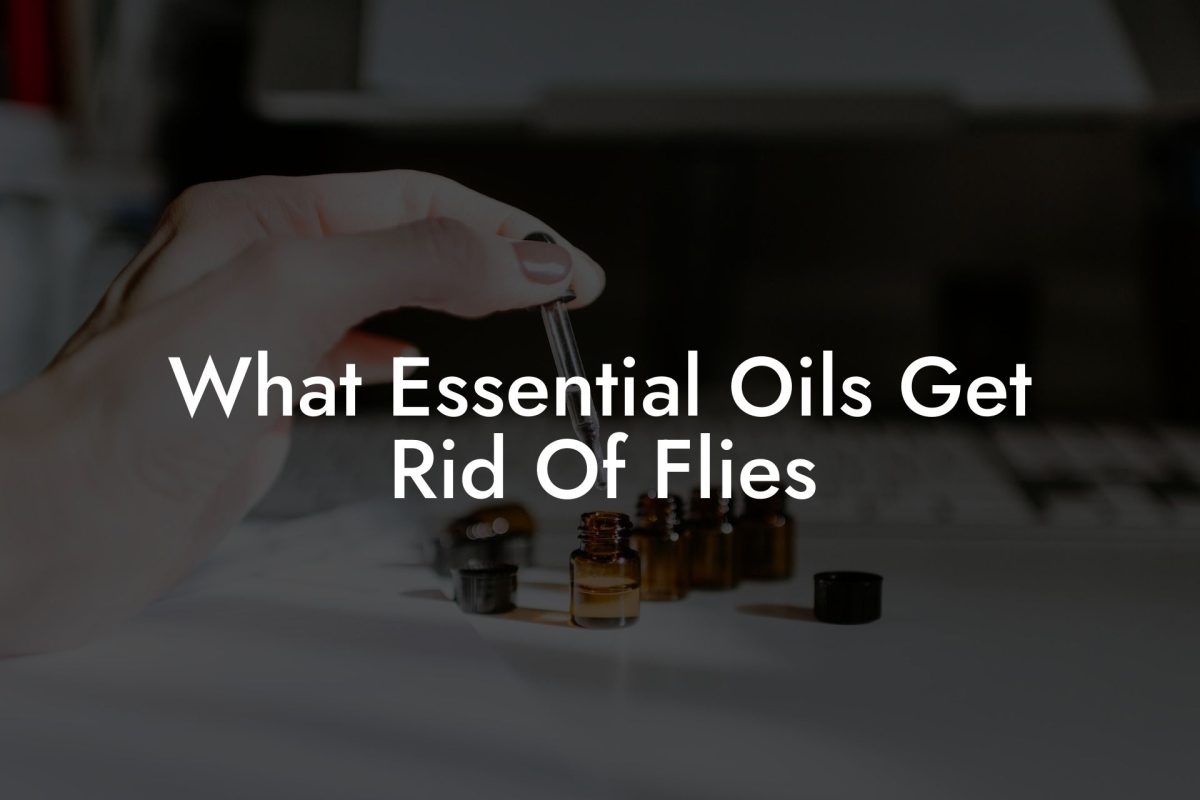The world of essential oils can provide a myriad of benefits for our well-being – from alleviating stress to boosting energy levels, and improving sleep patterns. But in order to truly harness their power and maximise their potential, it’s important to have a suitable diffuser to help you create a soothing atmosphere and transform any space into a sanctuary. In this article, we will explore the various types of diffusers available, as well as their individual advantages and disadvantages, so you can find the perfect fit for your essential oil journey. Let’s dive in!
Ultrasonic Diffusers
An ultrasonic diffuser utilises sound vibrations to release a fine mist of essential oil particles into the air. They are a popular option because they’re typically quiet, affordable, and easy to use. Their major advantages include:
- Efficiently distributing a continuous aroma throughout a larger space
- Operating with a limited amount of essential oil
- Adjustable settings for mist output and duration
However, there are a few drawbacks to ultrasonic diffusers. High-quality essential oils may be degraded by the ultrasonic vibration, and they may not be the best option for use with thicker oils or carrier oils.
Heat Diffusers
Heat diffusers operate by using a low heat source to warm the essential oils, allowing them to evaporate and disperse into the air. They are an affordable option and do not require water to function. Advantages of heat diffusers include:
- Quiet operation
- Little to no maintenance required
- No risk of ultrasonic degradation
However, the use of heat can alter the chemistry and therapeutic properties of the essential oils, making them less effective. Additionally, heat diffusers may not distribute the aroma uniformly, meaning you may need multiple diffusers for larger areas.
Nebulizing Diffusers
Nebulizing diffusers employ a jet of air to turn essential oils into a fine mist, dispersing them in their purest form without the use of water or heat. Some benefits of nebulizing diffusers are:
- Efficient dispersal of essential oils for maximum therapeutic benefits
- Pure, undiluted aromatherapy experience
- Suitable for thicker oils and blends
The cons of nebulizing diffusers include their higher price tag and louder operation compared to ultrasonic and heat diffusers. They may also require more frequent cleaning and maintenance due to their lack of dilution.
Evaporative Diffusers
These simple devices work by allowing essential oils to evaporate naturally, often using a fan to speed up the process. They are cost-effective and portable, making them suitable for small spaces.
- Low cost and easy to use
- Travel-friendly
- Ideal for personal use in smaller spaces
However, they may not provide the full therapeutic benefits of essential oils due to uneven evaporation and weaker aroma.
Diffusers For Essential Oils Target Example:
For a beginner looking to dive into the world of essential oils and aromatherapy at home, an ultrasonic diffuser could be the perfect starting point. With its affordable price, quiet operation, and adjustable settings for different spaces, it’s an ideal choice to enhance your living environment and start enjoying the therapeutic benefits of essential oils.
Essential oils hold the key to unlocking a healthier, more balanced lifestyle. With a suitable diffuser, you can create a sanctuary in your own home and reap the numerous benefits that these powerful botanical extracts offer. We hope this guide has been informative on your journey to finding the perfect diffuser for your needs. Don’t forget to share this article with fellow essential oil enthusiasts, explore other in-depth guides on Oshu Oils, and discover our range of Artisan Essential Earth Oils, expertly blended for maximum impact on sleep, stress, energy, work, and overall wellbeing. Transform your life with Oshu Oils today!





















